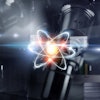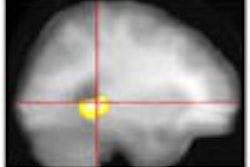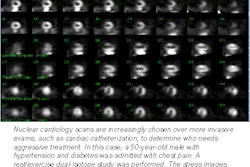Society of Nuclear Medicine, Reston, VA, 2001, $50
This continuing education series offered by the SNM is an impressive collection of five basic articles on nuclear cardiology, including one on radiation safety for 511 keV emitters, and another on the basic aspects of PET imaging.
All five articles are suitable for the technologist performing these procedures, and are well written. The first three articles, written by the same Belgian authors, are superbly cohesive.
The first article on cardiology is an excellent review of the basic anatomy of the heart. The editors pose excellent questions. However, I would have liked to see more physiology included. For example, one question asks about the role of fatty acids in the metabolism of the heart. If this mechanism is the dominant pathway, why is the heart so well visualized with 18-FDG (2-(fluorine-18) fluo-2-deoxy-D-glucose)? Except for this one, the questions are uniformly excellent.
The second article deals with scintigraphic evaluation of cardiac function, while the third addresses the evaluation of cardiac perfusion. Both articles succinctly provide the reader with key information on this subject. The accompanying questions are also well chosen.
Article four deals with the radiation safety for 511 keV emitters. The article is very informative, though a few minor changes might improve its readability. For example, Table 2 would have benefited from a list of radiation units that correspond to the instrumentation available today. Table 3 does include both sets of units, but does not indicate the quantity of radioactive material. In Table 4, the HVL values should have been given coefficients alongside the linear attenuation, since this information is key to providing radiation levels ALARA.
Article five offers a great overview of PET radiopharmaceuticals. The author includes the published data on technologists’ exposures with PET. A large portion of the article deals with 18-FDG, which is the most commonly found radiopharmaceutical for PET imaging.
This SpeedyCE is a great continuing education collection on the basic principles of nuclear cardiology.
By William Pavlicek, Ph.DAuntMinnie.com contributing writer
William Pavlicek, Ph.D., is the staff diagnostic physicist and radiation safety officer, department of radiology, at the Mayo Clinic Scottsdale in Arizona. He has been an instructor in nuclear medicine technology.
If you are interested in reviewing a book, let us know at [email protected].
The opinions expressed in this review are those of the author, and do not necessarily reflect the views of AuntMinnie.com.
Copyright © 2001 AuntMinnie.com




















